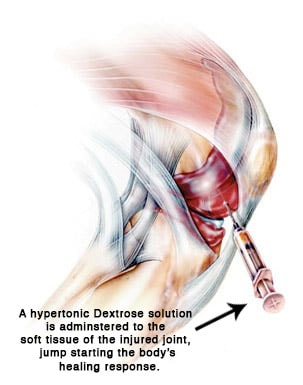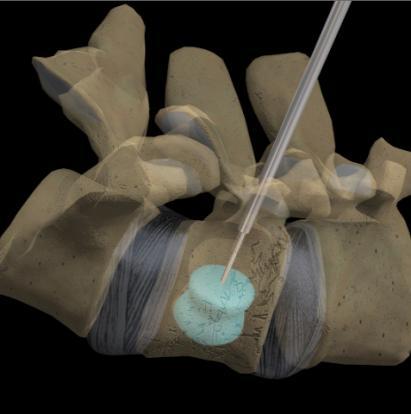COVID-19 Clinical Protocols: We are working overtime to keep our clinic safe and hygienic for our community.
Telemedicine Options Now Available Call 801-302-2690Contact UsProlotherapy stimulates the body’s healing response. Ever since ancient times, creating a small injury to prompt healing has been seen as a good idea.

For centuries doctors have created small injuries in a non-healing wound by “roughing” up the tissues. Physicians still use this concept today for tendons, ligaments, and joint capsules. For example, in a shoulder capsule prolotherapy, a surgeon usually inserts a small catheter that heats up to prompt healing in a damaged shoulder capsule (the covering of the shoulder joint that helps control motion). Surgeons still score ligaments with scalpels and needles in the technique called percutaneous tenotomy, also to prompt a healing response. Another example is micro-fracture surgery to fix a hole in the cartilage; this is where the surgeon pokes holes in the bone to cause the cartilage to heal. Finally, the procedure known as prolotherapy is in this same category. In this procedure, rather than a mechanical injury being initiated, the physician injects a chemical irritant to cause a chemical micro-injury. All of these types of treatment rely on the same concept that we get one bite of the healing “apple” and if something fails to heal completely the first time, we can get more bites at that apple simply by causing a small injury to the area.
How does Prolotherapy work?
TEXT HERE

Is Kyphoplasty and Vertebroplasty right for you?

Vertebroplasty or kyphoplasty may be a treatment option if you have painful vertebral compression fractures from:
- Osteoporosis (a depletion of calcium in bones)
- Metastatic tumor (cancer spread from another area)
- Multiple myeloma (cancer of the bone marrow)
- Vertebral hemangioma (benign vascular tumor)
You may not be a candidate if you have:
- Non-painful stable compression fractures
- Bone infection (osteomyelitis)
- Bleeding disorders
- Allergy to medications used during the procedure
- Fracture fragment or tumor in the spinal canal
Vertebroplasty and kyphoplasty will not improve old and chronic fractures, nor will they reduce back pain associated with poor posture and stooping forward. Traditional treatment used to involve waiting 4 to 6 weeks to see if patients improved on their own, but now it’s believed that waiting allows the bone to harden, making vertebroplasty or kyphoplasty less effective. Many doctors are now suggesting vertebroplasty as soon as the first week after a fracture for some patients because the results are significantly better.
Thanks to Wasatch Pain Solutions, PA. Collin and Dr. Khan. I'm back on my Harley! I hadn't ridden in 2 years until after my hip injection! I highly recommend them! - Gary
Why Choose Wasatch?

DEDICATED CLINICAL STAFF

CUTTING-EDGE FACILITY

EXPERT SPINE EVALUATION

"" CLINIC
